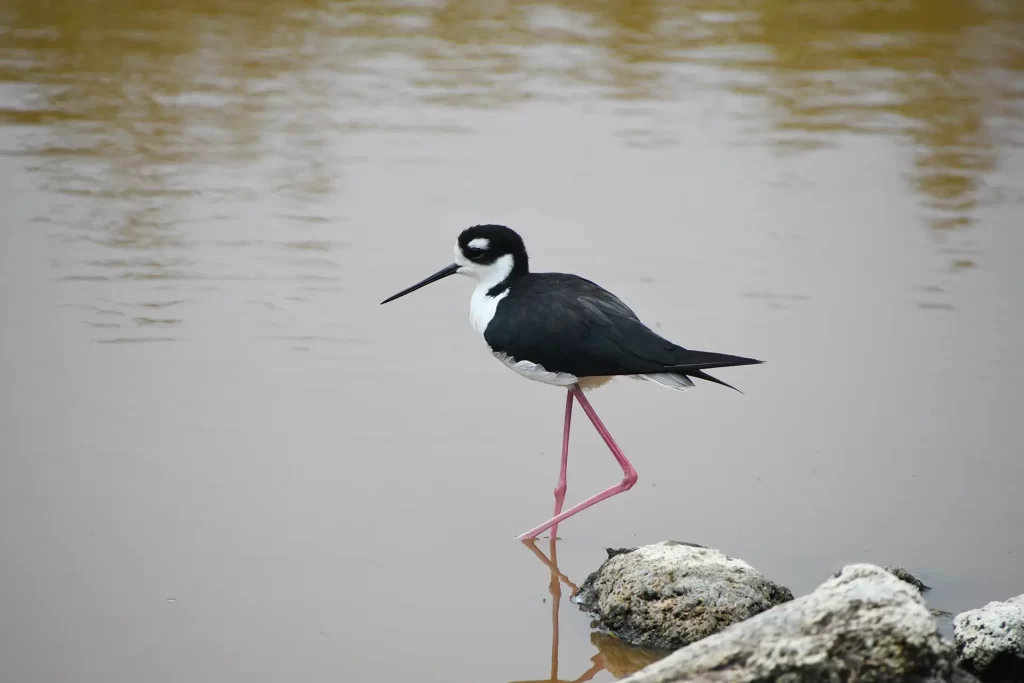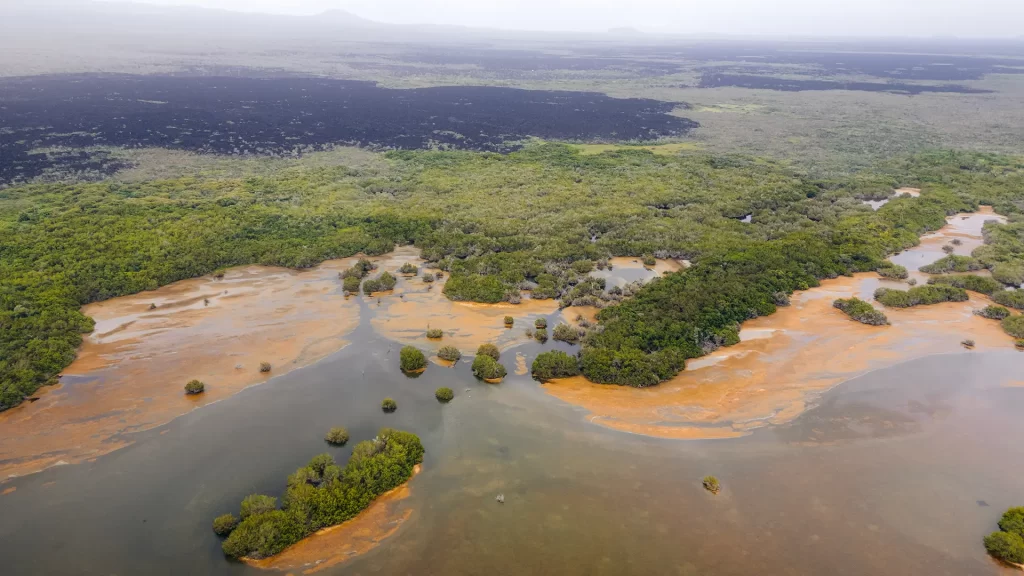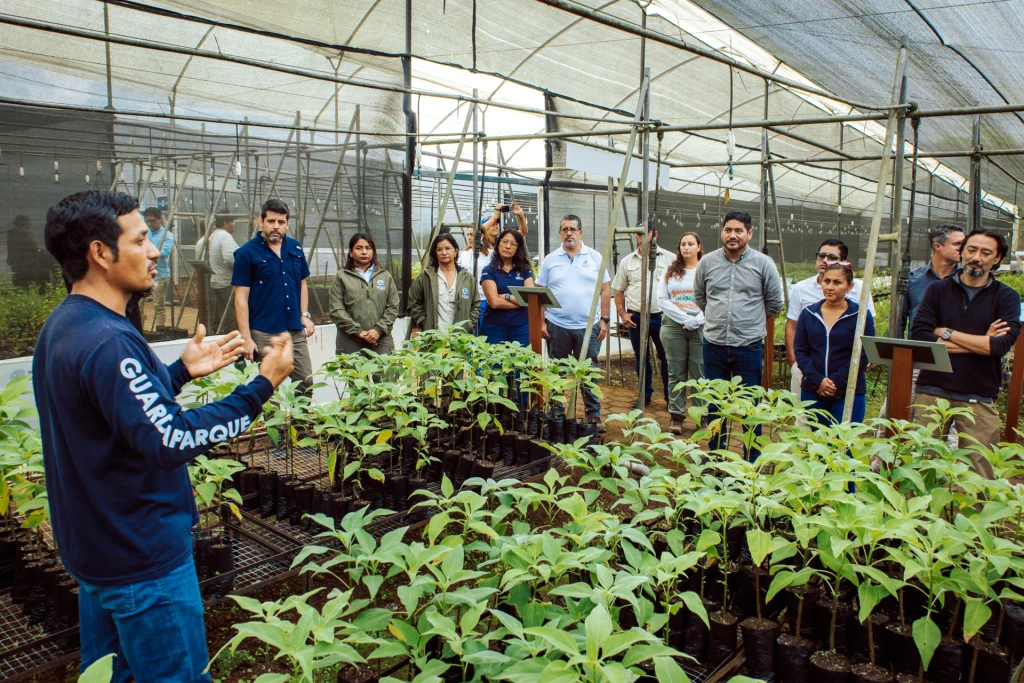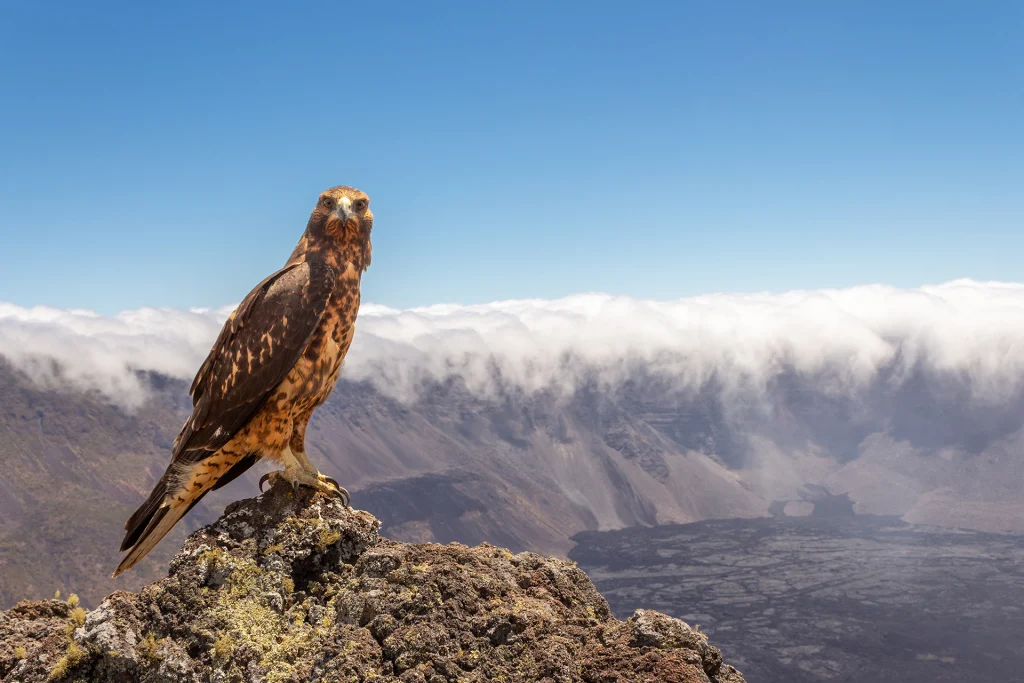International Wetlands Day is celebrated today, 2nd February, as a way to highlight the importance of these unique eco-systems. This day is especially important in Galapagos because of its unmatched biodiversity. We celebrate and recognize wetlands, which are true natural gems integral to the region’s eco-diversity.
Dr. Our Director of Conservation, Jorge Carrion, sends his heartfelt congratulation to the Galapagos National Park Directorate, for their exceptional dedication and effective stewardship Galapagos’ unique ecosystems. This recognition is directed primarily towards the Ramsar site in Isabela where conservation and biodiversity have been maintained in a delicate equilibrium, thanks to the dedicated work of park rangers. This recognition reflects on the efforts made to protect and sustain these unique environments.

Challenges Facing Galapagos Wetlands
The wetlands of southern Isabela, which were designated as Ramsar Sites of International Importance by Ramsar in 2002, cover 872 hectares. They are home to 170 species including native and endemism. Invasive species pose a serious threat to these ecosystems, altering the natural balance in the wetlands.
To address these challenges, we need to develop strategies that are proactive and diligent. Geological formations which have created the lagoons of southern Isabela are a great example of the uniqueness of wetlands and the need to mitigate the current threats. Implemented in 2003, the Action Plan for the Conservation and Sustainable Use of Southern Isabela’s Wetlands provides a framework for the long-term sustainability of the unique Environment.
Wetlands are important for conservation.

The wetlands are located within the Galapagos National Park & Marine Reserve and represent an important part of the natural heritage of the area. These ecosystems consist of mangroves and lagoons with brackish waters are formed by seawater infiltration and underground freshwater flows coming from the Sierra Negra volcano and Cerro Azul.
This vast area includes notable sites like Las Diablas and Los Tunos. It also contains Puerta del Jeli and Baltazar. These ecosystems are vital because they are located in the mangroves of Puerto Villamil Bay and shallow waters. This is the only urban area of Isabela. They are a reminder of the importance of aquatic environments for biological diversity in Galapagos.
These wetlands are essential for conserving Galapagos’ biodiversity. They provide habitats that are exclusive to certain species, which depend on them to complete their life cycles. These wetlands are home to a variety of species, including the flamingo, pintail, black-necked Stilt, oystercatcher, common gallinule, ghost crab, and Galapagos Ghost Crab.
Galapagos Conservation reaffirms commitment to protecting and conserving Galapagos wetlands which are vital to the region’s biodiversity on International Wetlands Day.



